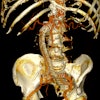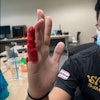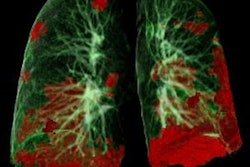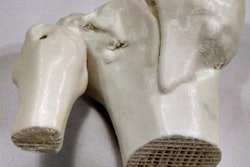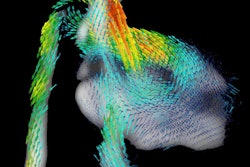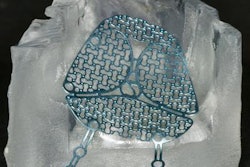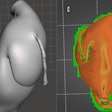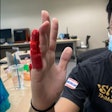Dear Advanced Visualization Insider,
Ground-glass opacities on lung CT images are an important radiological feature of COVID-19 infection. Assessment of these lesions could potentially be enhanced by an automated quantification technique recently described by researchers from Strasbourg, France.
The group found that the automated assessment technique could yield comparable results to a semiautomated method, and it was also much faster. What's more, these findings correlated well with clinical outcomes, demonstrating potential as an objective biomarker for evaluating the severity of lung injury in these patients.
In other news from France, Dr. Robert Lavayssière, a senior radiologist in Paris and a long-standing member of our Editorial Advisory Board, outlined how tumor quantification tools, advanced reporting methods, and artificial intelligence have all been useful in the fight against COVID-19.
Meanwhile, researchers from Serbia have recently described how 3D printing is set to play an increasingly important role in clinical practice. The technology has a wide range of applications, such as for surgical planning and therapy and for education and training in different branches of medicine, they reported.
Speaking of 3D printing, a group of European organizations have banded together to design high-quality 3D-printed personal protective equipment that meets the standards of the European Union.
4D MRI can be used to measure volumetric blood flow during fetal imaging, providing clinicians with better information on fetal heart health, investigators from the U.K. have found. After reconstructing multiple 3D images into cine loops that simulate fetal heartbeats, cardiologists were able to visualize fetal blood flow.
Using PET/CT and a radiopharmaceutical based on prostate-specific membrane antigen (PSMA), a group from the Netherlands has discovered a pair of new salivary glands located where the nasal cavity and skull meet. The presence of PSMA-expressing predominantly mucous glands with multiple draining ducts was confirmed with 3D reconstruction.
Finally, a multinational team of researchers has found that image-guided biopsies performed after breast cancer patients have been treated with neoadjuvant chemotherapy can predict the presence of residual cancer. As a result, the technique could inform the design of de-escalation trials testing the elimination of surgery in exceptional responders, the authors stated.
Is there a story you'd like to see covered in the Advanced Visualization Community? Please feel free to drop me a line.

